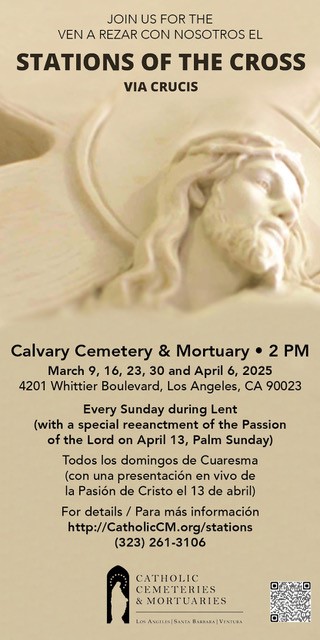The Hollywood film depicting the life and martyrdom of soon-to-be saint Archbishop Oscar Romero may have been released nearly 30 years ago, but the upcoming canonization of the Salvadoran martyr is giving audiences another look at “Romero.”
Panelists at an October 5 screening of the film at Mt. Saint Mary’s University in LA noted how the Catholic filmmakers who crafted its carefully researched script were certain that despite some dissenting voices, Blessed Romero was not only a saint, but also a martyr for the Faith.
The Church will publicly put its seal of approval on both of these beliefs October 14 at Romero’s canonization Mass, presided over by Pope Francis. The Vatican has already declared that Romero, who was assassinated in 1980, was “killed in hatred of the faith.”
Father Tom Gibbons of Paulist Productions, the company that produced “Romero,” said at the October 5 event that the movie captures a role model for all Christians. The panelist noted that Romero was once comfortable being a scholar, but was forced out of his comfort zone when he was ordained an archbishop.
In the movie, Romero is shown as becoming outspoken in his support of the poor, following the death of his good friend Father Rutilio Grande. He also became an advocate for peace, condemning the torture and deaths of the innocent by the country’s criminal military regime.
“It’s not so much that Romero found his voice when Father Rutilio died,” Gibbons said. “I think he found a new way to go be with the people where he was able to reflect their voice. That’s what we are all called to do.”
He added that Romero teaches us to meet with those who are politically, ethnically, or economically segregated. “In America we are getting so entrenched in our own camps. … How do we cross over and encounter the other? And how do we listen?”
Gibbons believes that the papacy of Francis has been influenced by the life of Romero. “I think that is one of the blessings and one of the challenges we face because it is forcing so many of us out of our comfort zone,” he said. “Romero in many ways, through the papacy, is forcing many of us out of our comfort zone to take seriously the preferential option for the poor.”
Gibbons shared stories about the making of the film. The scriptwriter, John Sacret Young, and the movie’s executive producer, Father Ellwood “Bud” Keiser, the founder of Paulist Productions, first took a research trip to El Salvador a year after Romero’s death, during the country’s civil war. They traveled on press passes, courtesy of Rolling Stone magazine.
“They said it was a fraught trip, and the cover of being an American journalist was beginning to wear thin,” Gibbons said. “They had to get out of town pretty quick.”
But before leaving, they were able to speak with the man believed to have ordered the assassination of Romero. (Romero’s assassin has yet to face justice.)
The film made cinema history by being the Catholic Church’s first Hollywood movie. While Paulist Productions was the film’s main financer, the U.S. Catholic bishops contributed $238,000 to cover a portion of the production costs.
Sergio Lopez, the relationship manager for Catholic Relief Services, also spoke on the ‘Romero” panel. Lopez was able to visit El Salvador during the beatification of Romero in 2015. He said he witnessed firsthand how Romero “continues to live on in the Salvadorian people, in their memories, in their experiences of him.”
He noted that this fulfilled a promise that Romero made before his assassination: “As a Christian I do not believe in death without resurrection. If they kill me, I will be reborn in the Salvadoran people.”
A collector’s edition of the 1989 film “Romero,” which has been remastered, was released on DVD and digital October 9, days before the slain bishop’s elevation to sainthood.
Start your day with Always Forward, our award-winning e-newsletter. Get this smart, handpicked selection of the day’s top news, analysis, and opinion, delivered to your inbox. Sign up absolutely free today!

